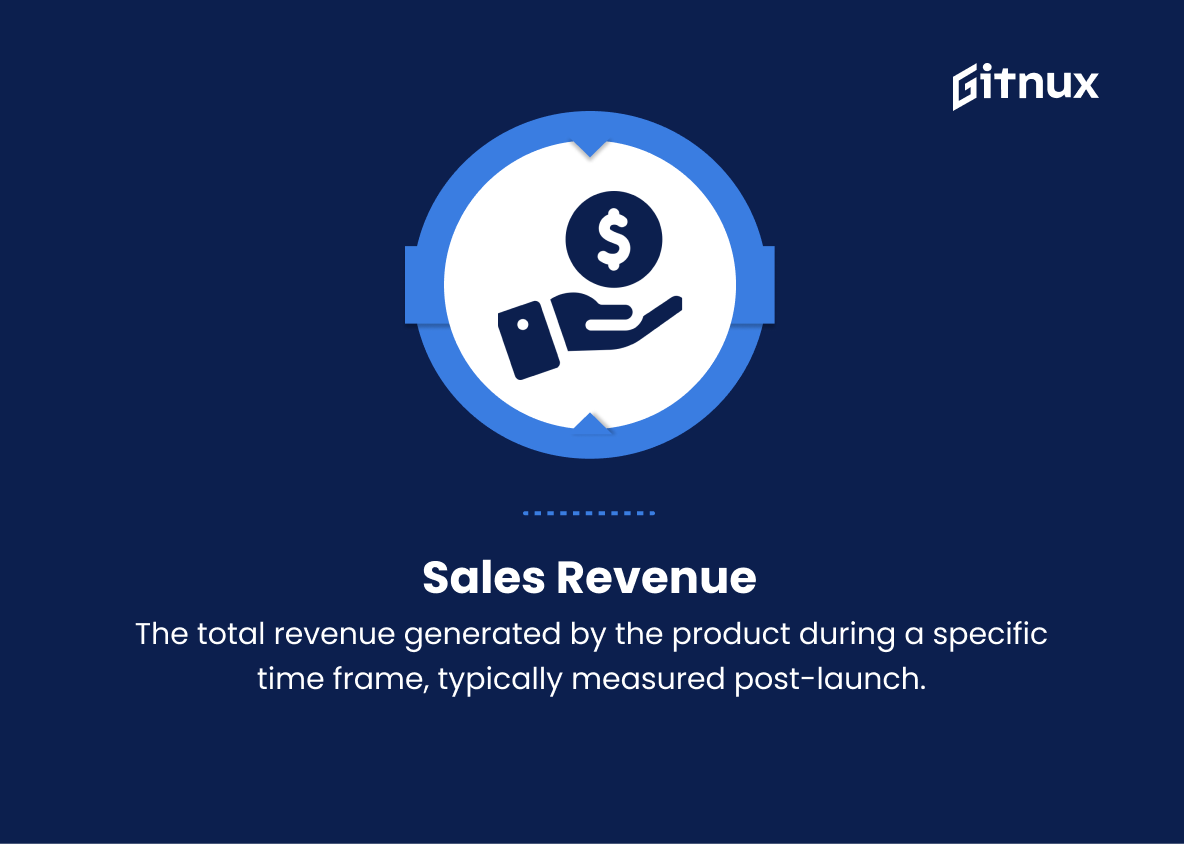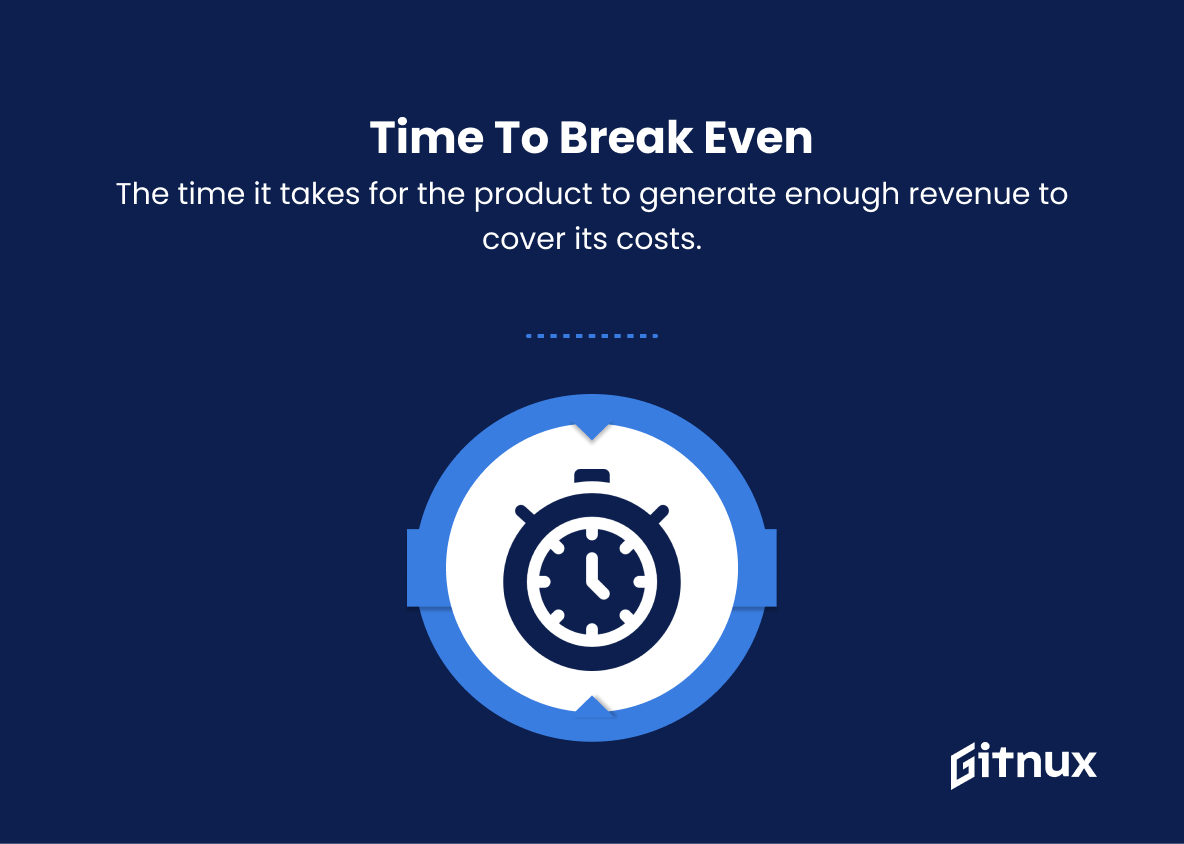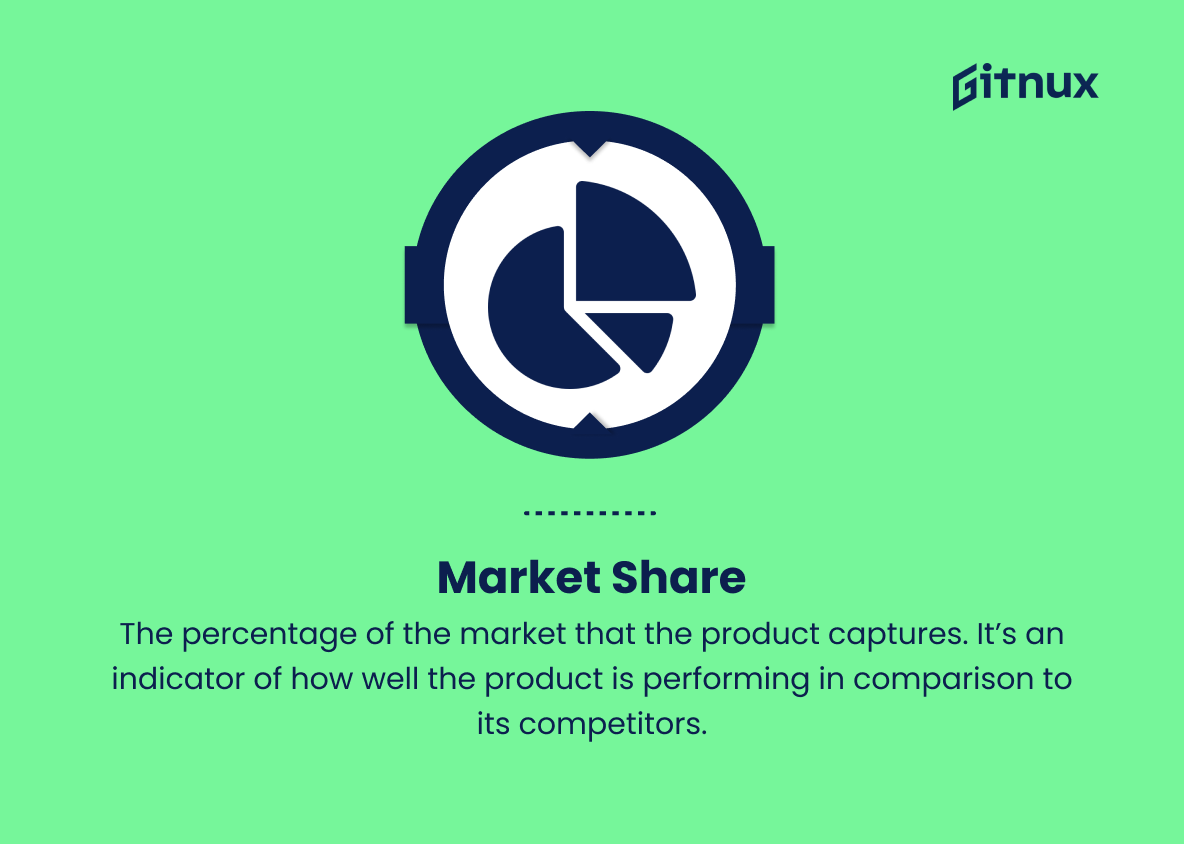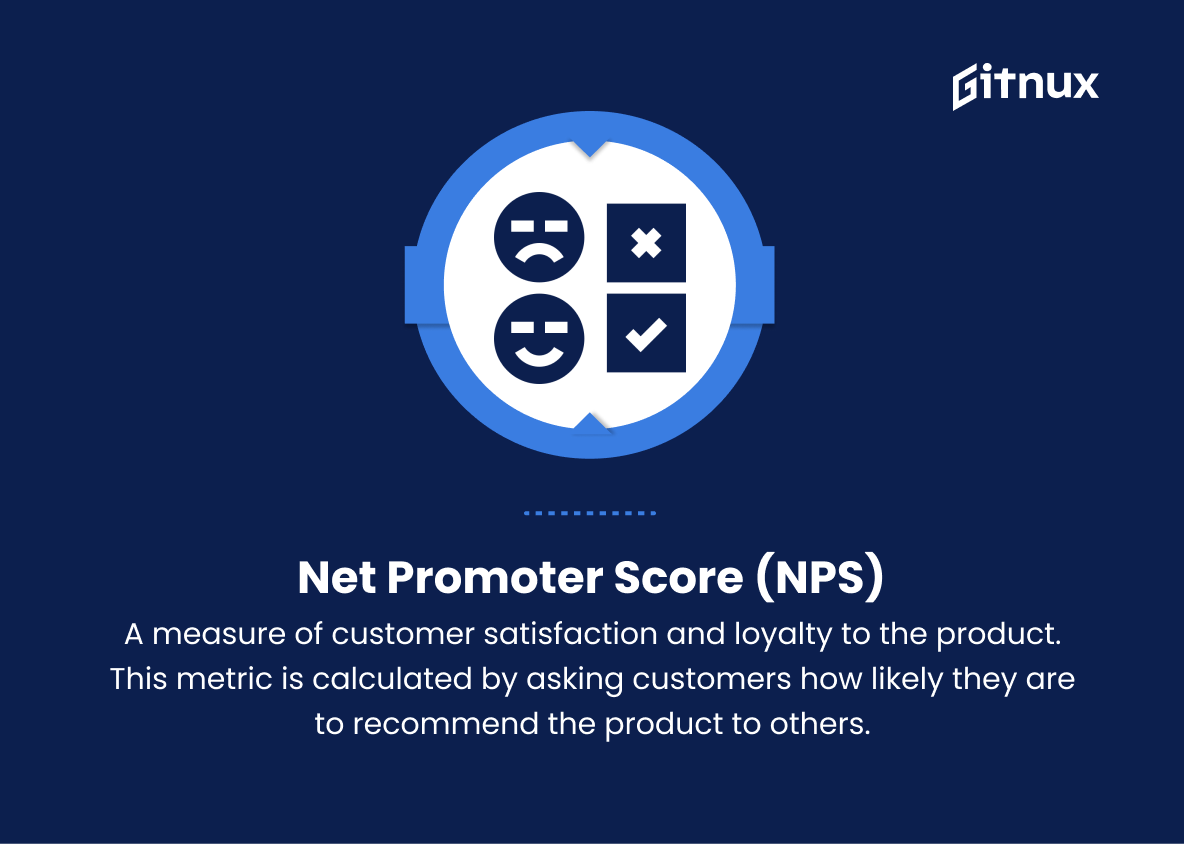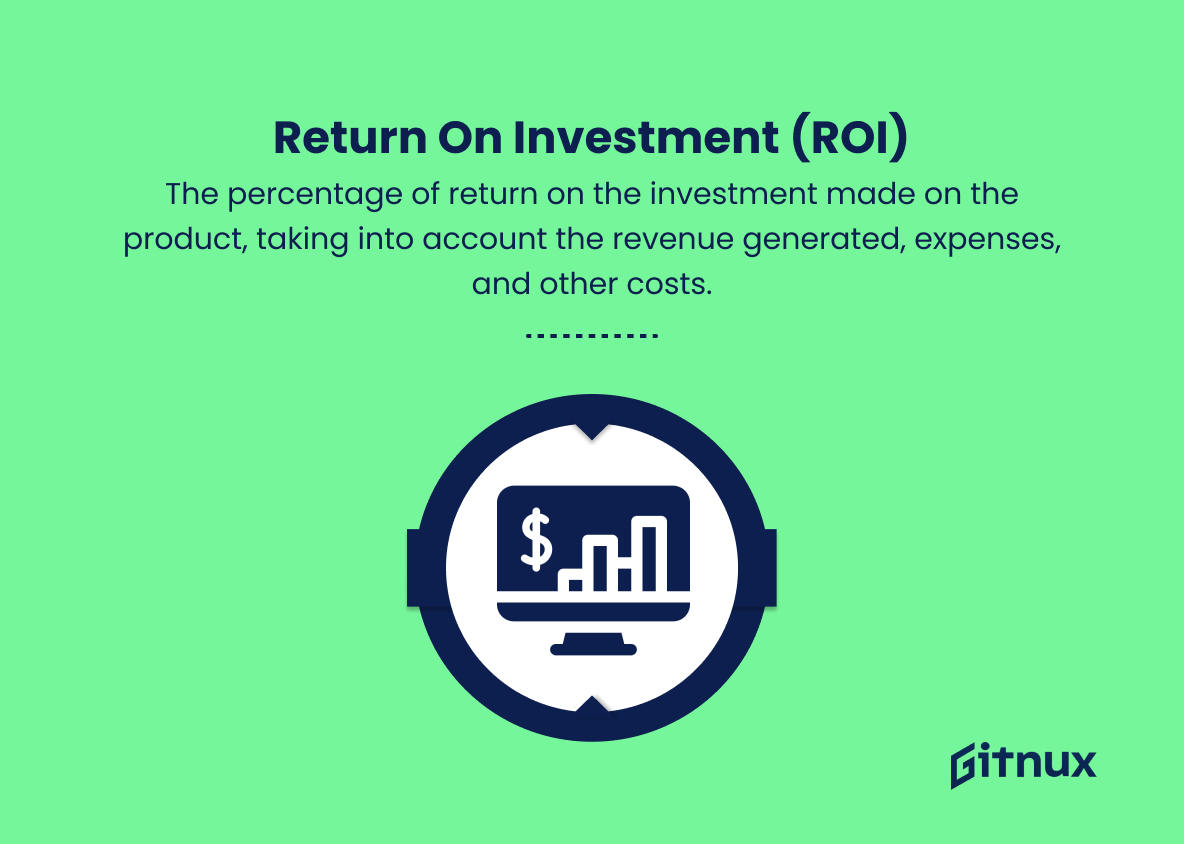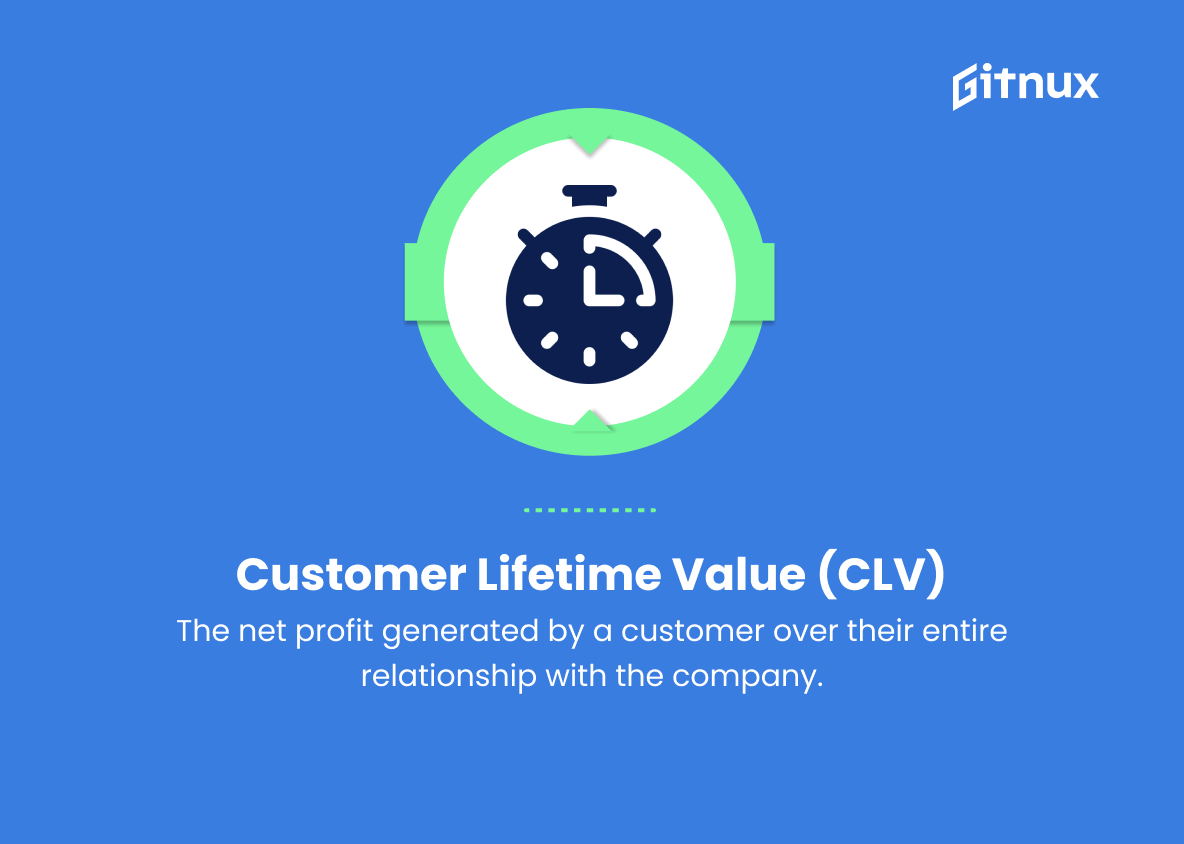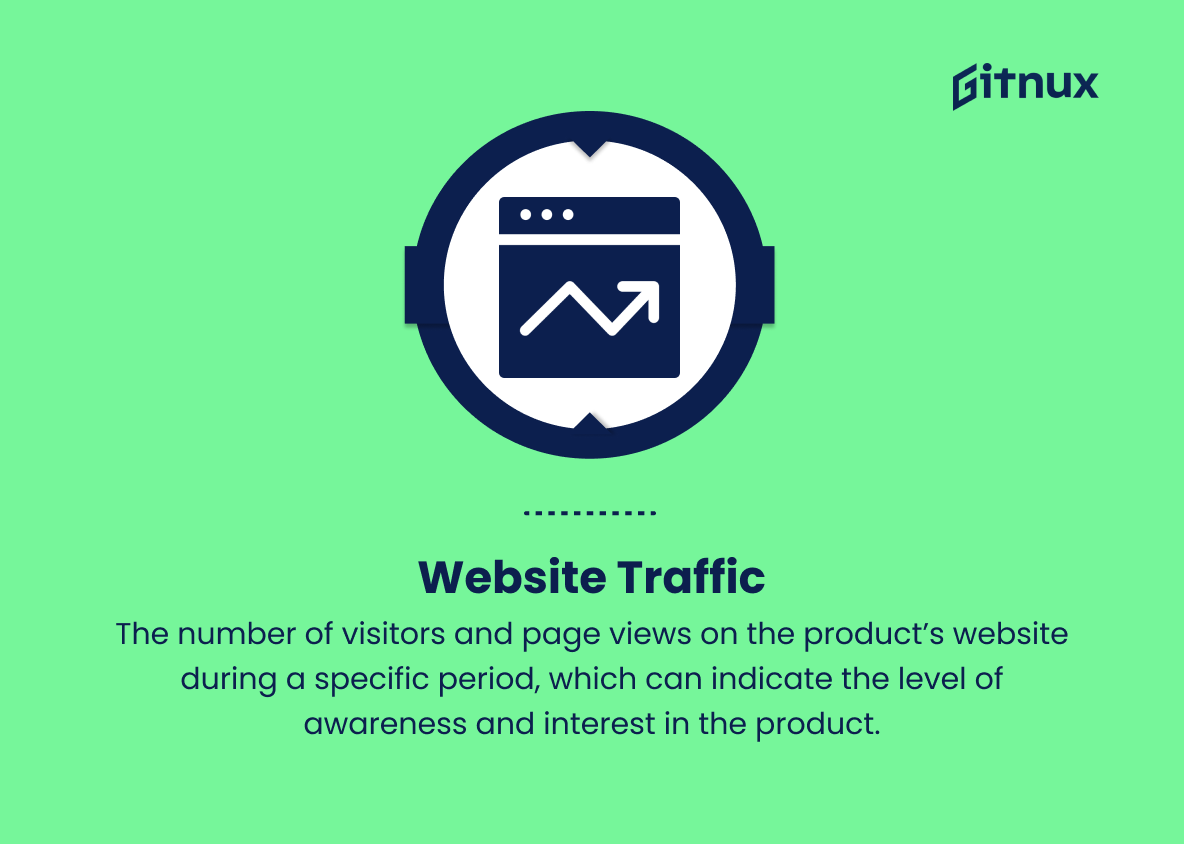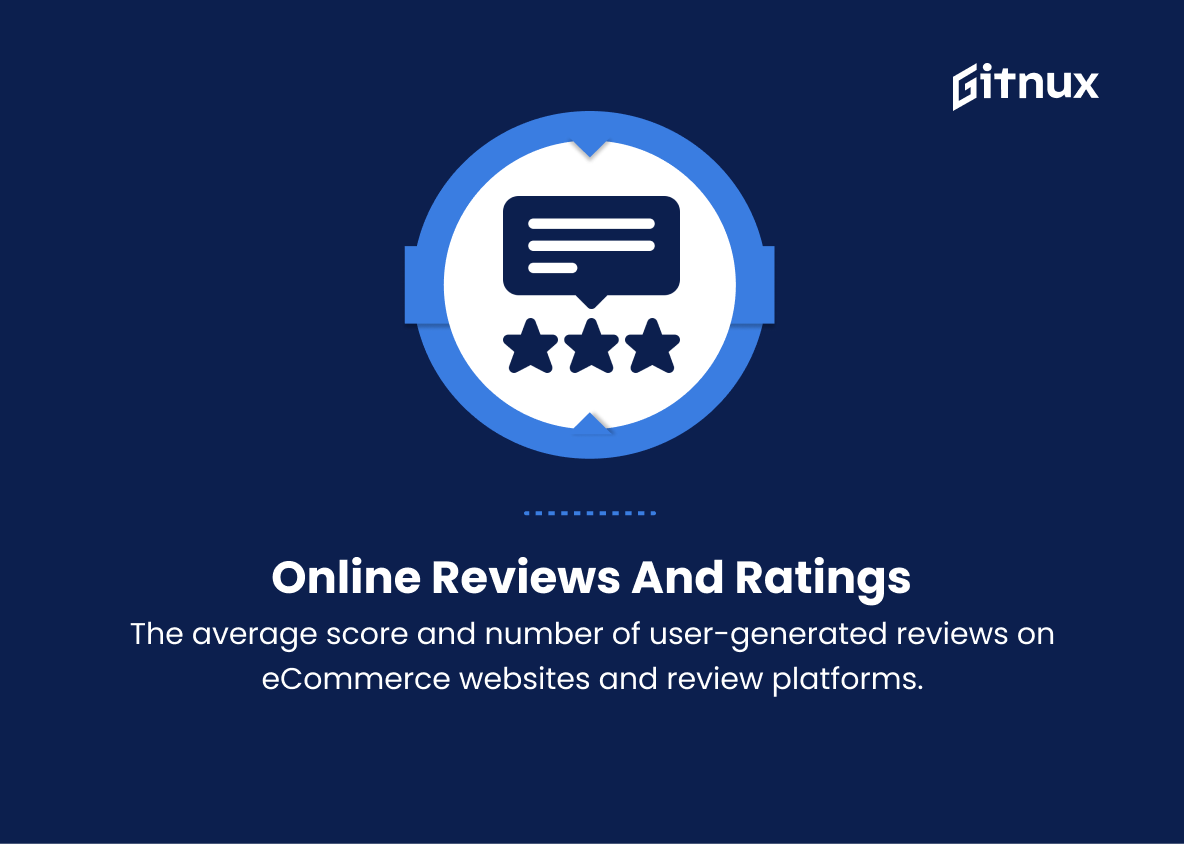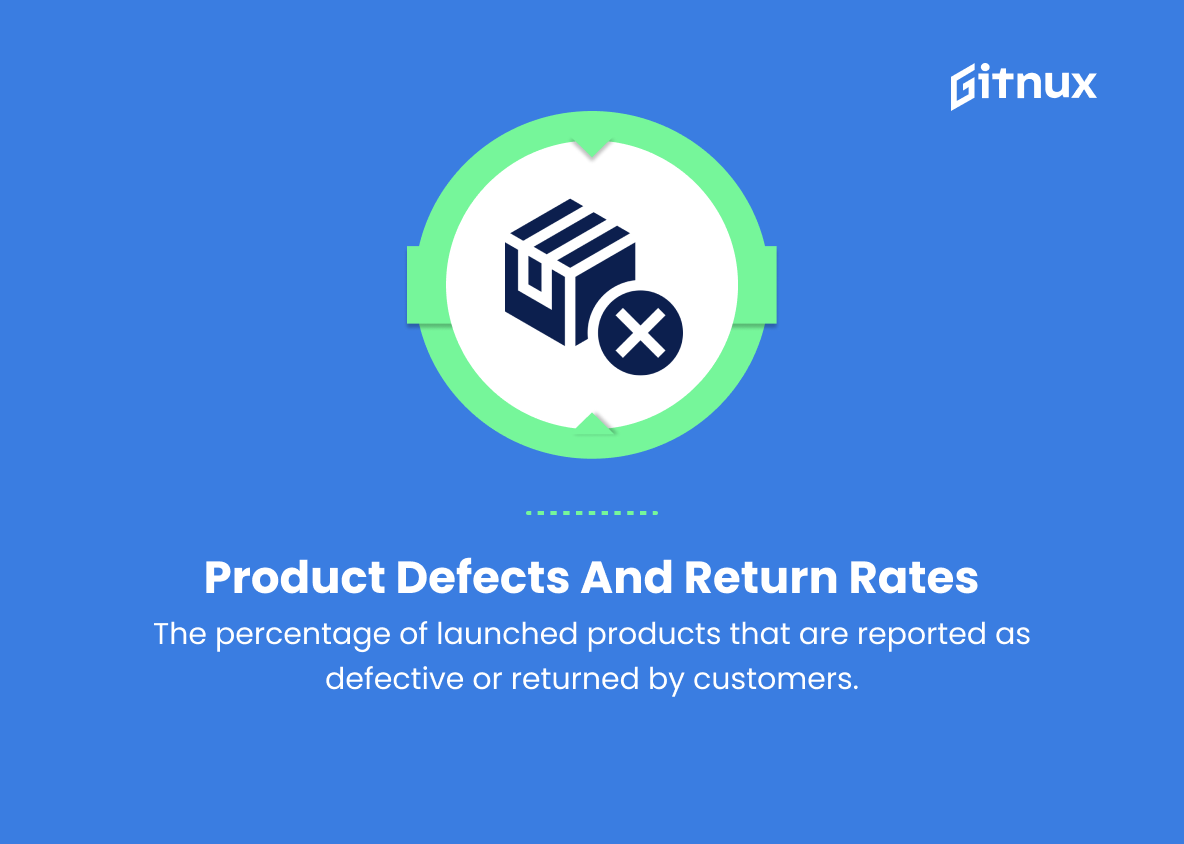In today’s fiercely competitive marketplace, launching a new product requires a strategic and comprehensive approach to ensure it doesn’t just merely land, but also soars to success. One essential element in achieving this is cultivating a deeper understanding of product launch metrics. In this insightful blog post, we will delve into the world of metrics and analytics, unlocking the secrets to a successful product launch.
As we navigate through the significance and intricacies of these crucial performance indicators, you will obtain the knowledge and guidance necessary to optimize your product launch strategy and ultimately, drive incremental growth for your business. So fasten your seatbelts and get ready to embark on a data-driven journey towards a triumphant product launch.
Product Launch Metrics You Should Know
1. Sales revenue
The total revenue generated by the product during a specific time frame, typically measured post-launch. This is an important metric as it directly reflects the product’s financial impact on the company.
2. Units sold
The number of product units sold during a specific period. This gives an idea of the product’s popularity and helps in tracking its performance in the market.
3. Customer Acquisition Cost (CAC)
The average cost of acquiring a new customer for the product, including marketing, sales, and other related expenses. The aim is to maintain a low CAC for a profitable product launch.
4. Time to break even
The time it takes for the product to generate enough revenue to cover its costs. This metric provides a clear understanding of how long it takes to recover the investment made on product development and launch.
5. Market share
The percentage of the market that the product captures. It’s an indicator of how well the product is performing in comparison to its competitors.
6. Customer churn rate
The percentage of customers who stop using the product during a specific period. Lower churn rates indicate higher customer satisfaction.
7. Net Promoter Score (NPS)
A measure of customer satisfaction and loyalty to the product. This metric is calculated by asking customers how likely they are to recommend the product to others.
8. Return on Investment (ROI)
The percentage of return on the investment made on the product, taking into account the revenue generated, expenses, and other costs.
9. Customer Lifetime Value (CLV)
The net profit generated by a customer over their entire relationship with the company. This helps estimate the long-term financial value of each customer acquired during the product launch.
10. Conversion rate
The percentage of potential customers who take the desired action, such as making a purchase, after engaging with the product’s marketing efforts.
11. Website traffic
The number of visitors and page views on the product’s website during a specific period, which can indicate the level of awareness and interest in the product.
12. Social media engagement
The number of likes, shares, comments, and overall interactions on brand’s social media posts about the product. This metric demonstrates the effectiveness of social media marketing efforts for the product launch.
13. Online reviews and ratings
The average score and number of user-generated reviews on eCommerce websites and review platforms. Positive reviews and high ratings can contribute to a product’s trustworthiness and perceived value.
14. Media coverage
The quantity and quality of press coverage surrounding the product launch, including mentions in news articles, blog posts, and other media outlets. This indicates the product’s visibility within the industry and the level of public interest.
15. Product defects and return rates
The percentage of launched products that are reported as defective or returned by customers. This metric highlights potential issues in product quality and customer satisfaction.
Product Launch Metrics Explained
Product Launch Metrics are essential in evaluating the success and impact of a newly launched product on a company’s performance. Sales revenue and units sold directly indicate the product’s financial contribution and popularity in the market, while Customer Acquisition Cost (CAC) and time to break even help to determine profitability and investment recovery time. Market share, customer churn rate, and Net Promoter Score (NPS) provide insights into the product’s competitive performance, customer satisfaction, and loyalty. Return on Investment (ROI), Customer Lifetime Value (CLV), and conversion rate give a comprehensive understanding of the product’s financial returns and efficiency of marketing efforts.
Website traffic, social media engagement, online reviews, and media coverage demonstrate the product’s public awareness, the effectiveness of marketing campaigns, and the product’s trustworthiness. Lastly, analyzing product defects and return rates helps in identifying any possible issues with a product’s quality and customer satisfaction, ensuring continued improvement and growth.
Conclusion
In conclusion, understanding and tracking product launch metrics is crucial for the success of any new product in the market. These metrics provide valuable insights into the performance and customer reception of the product. As a result, businesses can make data-driven decisions to refine their marketing strategies, improve the product’s design, and enhance the overall customer experience.
By proactively monitoring these product launch metrics, companies can effectively address any issues or challenges that may arise and create a strong foundation for sustainable growth and long-term success. Remember, a successful product launch goes beyond just creating hype; it requires a strategic approach, continuous optimization, and focused effort towards achieving measurable outcomes.
